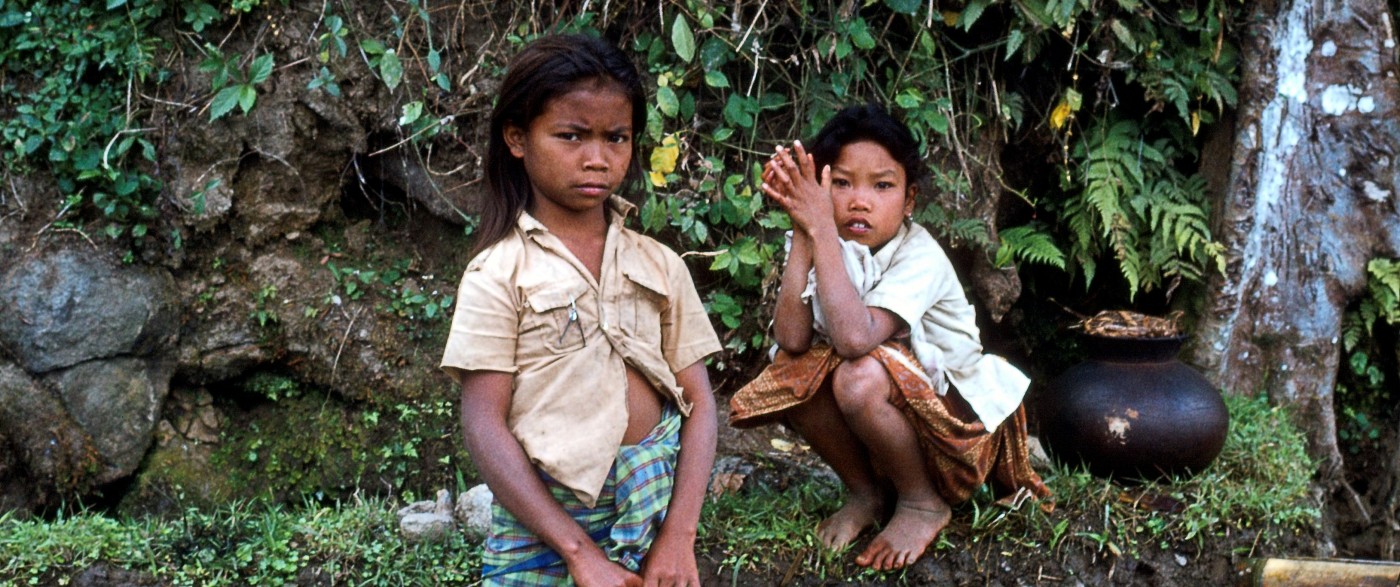![]()
Intended audience
The brief is for local communities, politicians, decision makers, and the population in general.
Our dependency on natural resources
Biodiversity provides a large range of services important for people’s livelihoods. At the most fundamental and global level, biodiversity is essential to sustaining life on earth, underpinning supporting services such as photosynthesis producing nutrients and oxygen. It is also central to many regulating services, such as water purification and climate regulation.
At a more local scale, the lives of many people depend directly on the provision of benefits from nature, including food, water, fuel and building materials. Moreover, many people worldwide are directly dependent on biodiversity for their livelihoods, including most obviously people employed in agriculture, forestry or fisheries. Other jobs that are directly dependent on biodiversity include, for example, people employed in eco-tourism and outdoor recreation, biotechnologists, pharmaceutical researchers, and wildlife journalists, photographers and artists.
Biodiversity can help alleviate poverty and improve human welfare
As ecosystem services depend to a large extent depend on biodiversity, conservation of biodiversity has profound consequences for securing livelihoods especially for many poorer populations. The close direct links between biodiversity and livelihood are particularly strong in less developed economies where many people rely on agriculture or fishing as their primary source of food and income. Furthermore, in many places, the poorest in society are directly dependent on natural resources, for example non-timber forest products or fishing, as their employment of ‘last resort’ in hard times.
Consequently, the 2005 Millennium Ecosystems Assessment showed that the loss of biodiversity and ecosystem services is a substantial barrier to reducing poverty, and a significant source of rising vulnerability for poorer groups in many societies. Even in Western societies, natural resources are important sources of income and employment for many people, as is clearly illustrated by several BESAFE case studies (see for example the briefs on Białowieża Forest, Poland, and the integration of traditional livestock practices in Andalusian protected areas). Protecting biodiversity is therefore often key to reducing vulnerability and alleviating poverty.
Livelihoods arguments for biodiversity conservation
The BESAFE case studies clearly show that livelihoods-related arguments are commonly used in European biodiversity conservation, with this category being the fourth most common of the 17 basic benefit types considered. These arguments related in particular to local livelihoods and the provision of employment in agriculture, forestry, or fisheries, and in some cases the tourism industry.
These arguments most commonly related to all of nature or whole ecosystem contexts, rather than being associated protection of particular species or specific biodiversity issues. Some arguments explicitly related to the concept of ecosystem services being supported by nature conservation, especially in contexts related to integrated planning processes. Nevertheless, ecosystem services terminology seems to be relatively less used in argumentation about livelihoods, because these arguments are often targeted at the local scale where the more technical language of ecosystem services has little familiarity or traction. Arguments that focus on economic benefits without reference to ecosystem services are frequent in the case studies and are effective in many cases.
Arguments specifically relating to poverty alleviation were not used in the case studies. These arguments are much less relevant in developed countries with sophisticated social security and insurance systems. Poverty alleviation remains a highly salient argument in less developed country settings where these features of developed societies are lacking.
Synergies and Trade-offs
Analysis across the case studies has shown that livelihood arguments coupled with biodiversity related arguments can increase the effectiveness of arguments for conservation, by facilitating broader dialogue between different types of actors. Focusing on livelihoods benefits helps to demonstrate win-win solutions by establishing local economic benefits alongside broader-scale conservation benefits. Consequently, livelihood arguments originating at the local level often cross to higher governance levels, where they can be effective in introducing local concerns into higher level consideration, broadening support for conservation.
On the other hand, there are frequently trade-offs between biodiversity conservation and livelihoods improvement. Some BESAFE case studies have shown such a conflict, where increased conservation could lead to opportunity costs for the local communities and thus deterioration of their welfare. These situations can end in deadlock, but, with negotiation and compensation, compromise solutions can be found. For these to be legitimate and successful, arguments need to demonstrate the benefits the conservation at the broad, long-term scale while taking fully into account the more local, shorter-term costs for particular groups. Thus, even where conservation and livelihoods appear to be in conflict, there is an important role for arguments that account fully for the livelihoods aspects.
Lessons learned
- Biodiversity underpins many benefits important for human livelihoods
- Conservation is often particularly important for poverty alleviation and reducing vulnerability of poorer groups
- Livelihood arguments coupled with biodiversity related arguments can increase the effectiveness of conservation, by allowing more dialogue between different types of actors
- Trade-offs between livelihoods and conservation need to be recognised and negotiated to find mutually satisfactory solutions and avoid deadlock
References
(Give any references mentioned in the brief IF NECESSARY. Use number system i.e [1] in the text, 1. Details of reference… in the references. Generally, it should be possible to complete the briefs with few or even no references, and just link to ‘additional information’ at the end – this is not aimed at an academic audience. )
Looking for more information on effective arguments for biodiversity?
For more BESAFE results, including separate briefs focusing on other case studies and various aspects of argumentation, see http://www.besafe.pensoft.net.
This brief is a result of research carried out under the BESAFE project. The BESAFE project is an interdisciplinary research project funded under the European Community’s Seventh Framework Programme, contract number: 282743.
